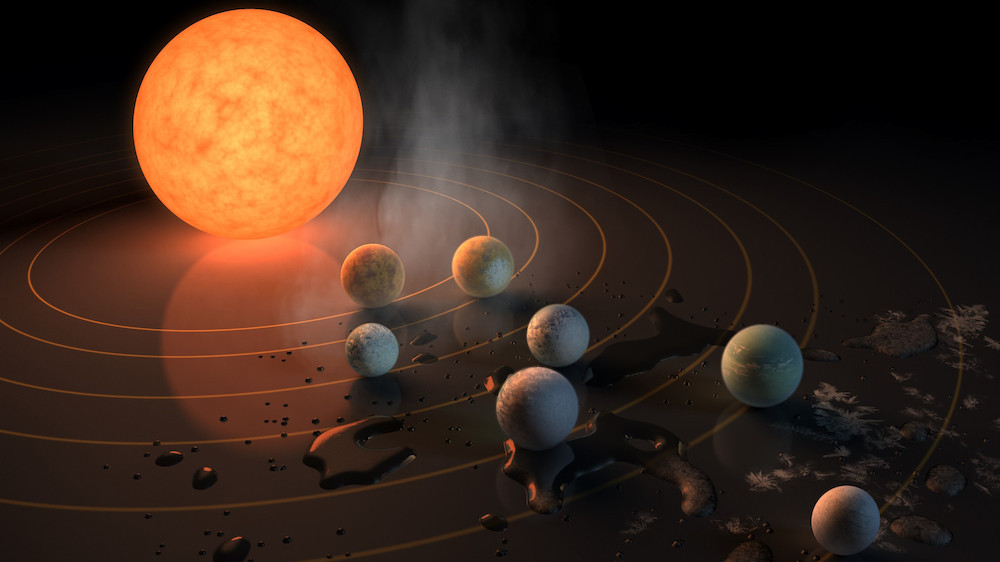Thanks to a novel artificial intelligence technique in partnership with Google, NASA has discovered a planetary system that has as many planets as our own. It’s the most planets in one system we’ve ever found elsewhere.
The system is called Kepler-90, a Sun-like star 2,545 light-years from Earth. We already knew about seven planets in this system, but thanks to this new technique, we’ve found an eighth. The findings are published in The Astrophysical Journal.
“The Kepler-90 star system is like a mini version of our solar system,” said Andrew Vanderburg from the University of Texas at Austin, one of the scientists behind the discovery, in a statement. “You have small planets inside and big planets outside, but everything is scrunched in much closer.”
Kepler has been looking for planets since 2009, and has found thousands so far. But there are many more hiding in its data that we aren’t able to confirm yet.
Thanks to this new method, we can do better. Kepler finds planets by detecting the dip in light caused as they pass in front of their star – known as the transit method.
But sometimes it’s not clear if these signals come from planets. They can appear weak, and thus might be a passing star or something else, so the planet can’t be confirmed. Using a Google neural network, NASA has been able to sift through this data more successfully.
“Just as we expected, there are exciting discoveries lurking in our archived Kepler data, waiting for the right tool or technology to unearth them,” said Paul Hertz, director of NASA’s Astrophysics Division in Washington. “This finding shows that our data will be a treasure trove available to innovative researchers for years to come.”
Kepler-90 is the discovery highlighted in this announcement, although it’s thought many more planets could be found. This planet is called Kepler-90i, and it’s thought to be a sizzling hot, rocky planet that orbits its star every 14.4 days.
The neural network used here found other planets too. One is a planet in the Kepler-80 system, 1,100 light-years from Earth. It’s called Kepler-80g, and it’s similar in size to Earth.
"Machine learning really shines in situations where there is so much data that humans can't search it for themselves,” Christopher Shallue from Google, one of the other scientists involved, said.
Thanks to this new technique, scientists will be hoping to find more planets hiding in the Kepler data. Kepler is currently in the second phase of its mission, called K2, after two of its four reaction wheels failed. But there are plenty more discoveries for it to make.








No comments:
Post a Comment